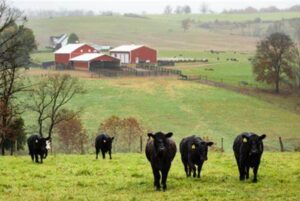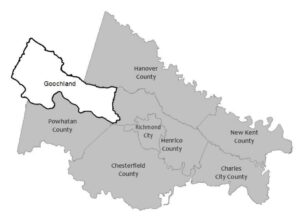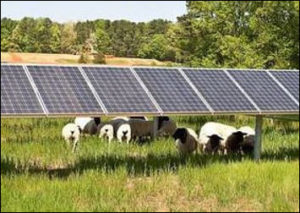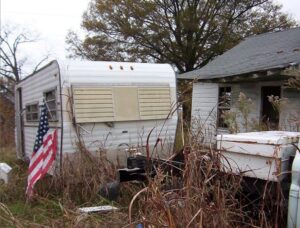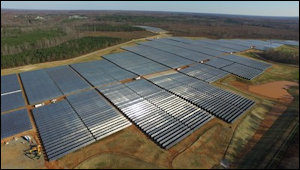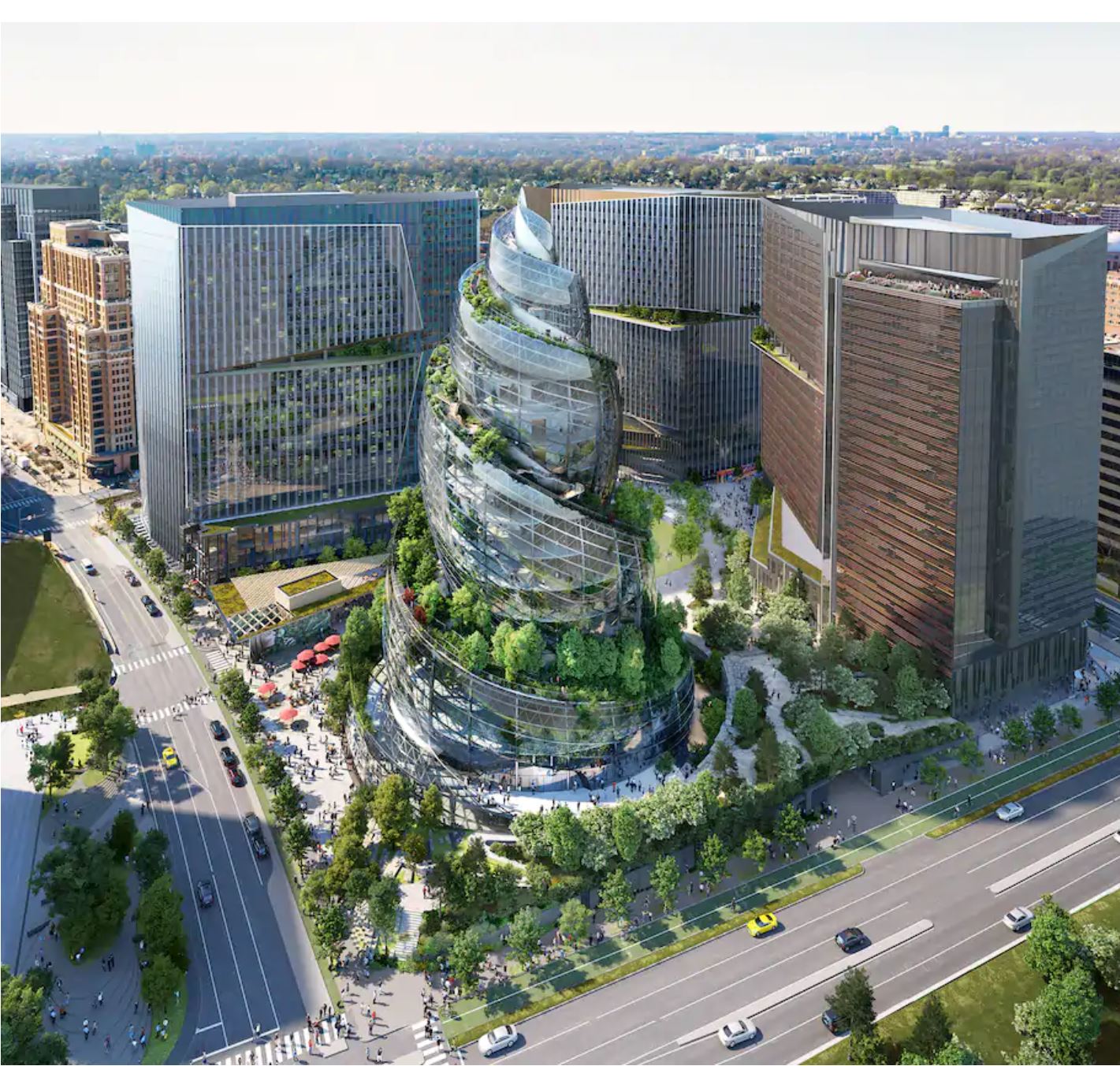There’s a lot of talk in the environmental community about “environmental justice,” but here in Virginia, nearly all of the $1.8 billion spent on land conservation over the past two decades mostly benefited well-to-do white people. That observation doesn’t come from me (although it sounds like something I would say). It comes from Matthew Strickler, Virginia’s Secretary of Natural Resources.
More than 30% of conservation easements have gone to land conservation in five counties — Loudoun, Albemarle, Fauquier, Culpeper and Orange — all of which have Black populations below the 19.9% state average.
“In fairness, rural areas are where the land is, and many rural areas have lower minority populations,” Strickler said. “But rural places like the Eastern Shore, western Hampton Roads and some parts of Southside Virginia have higher than average African American populations and are not even in the top 10 localities.”
Environmentalists have engaged in racial bean counting whenever it suits their purposes. Most visibly in recent years, foes of the Atlantic Coast Pipeline made a racial issue of a compressor station that Dominion Energy proposed to locate in what turned out to be a predominantly African-American community in Buckingham County. With this new report, the racialization of statistical disparities has turned around to bite environmentalists in the ass. Continue reading

